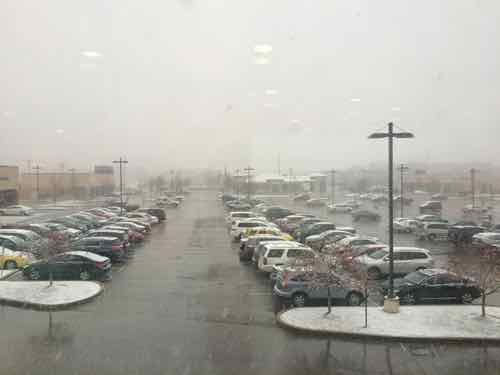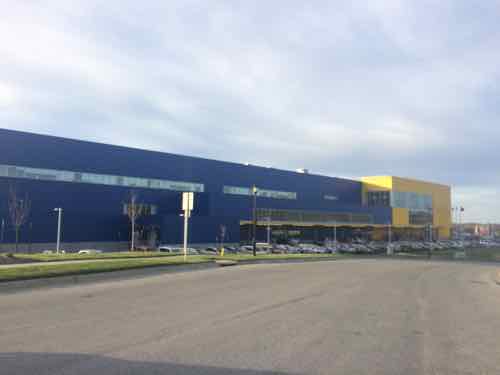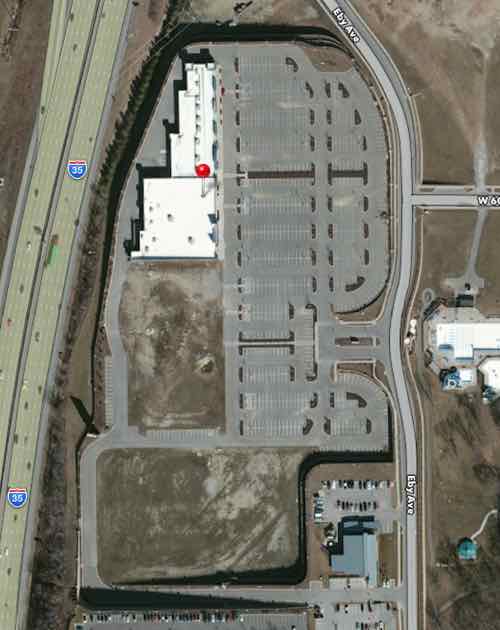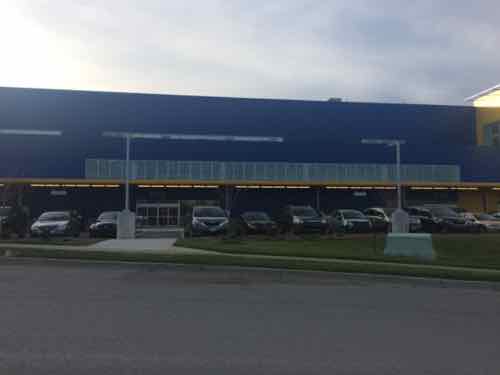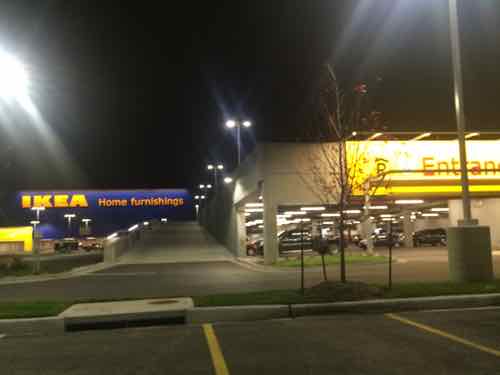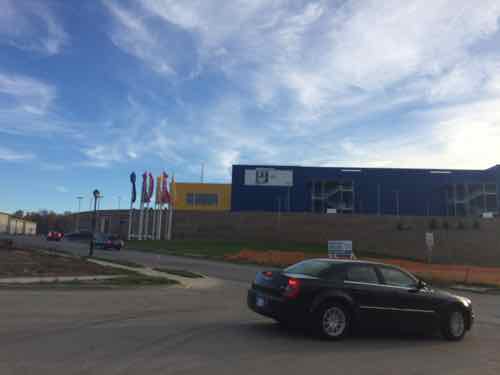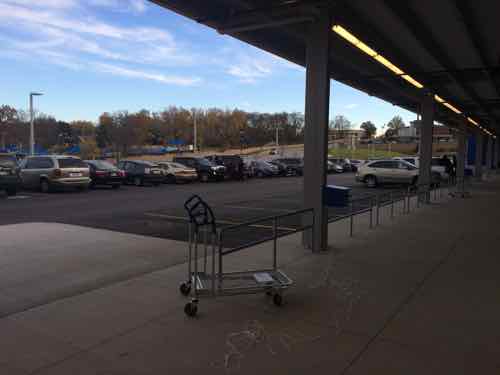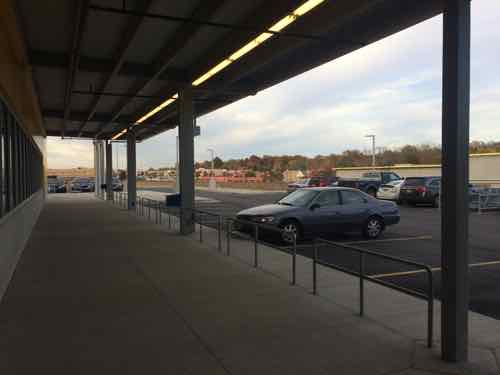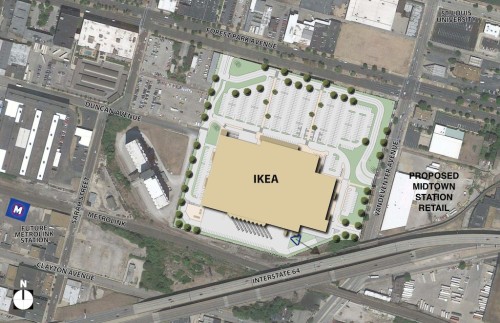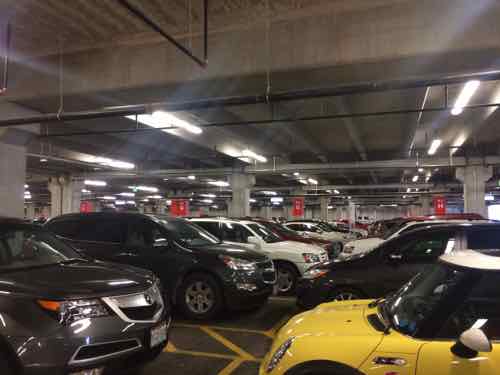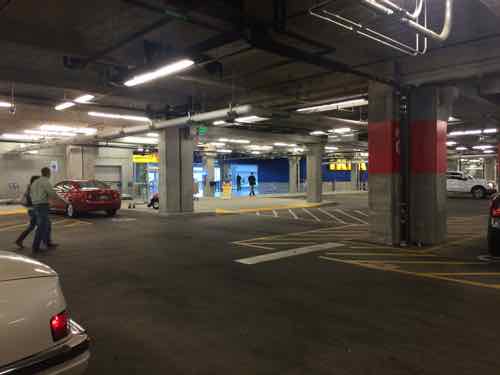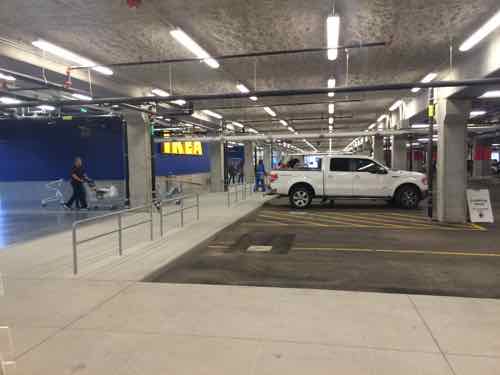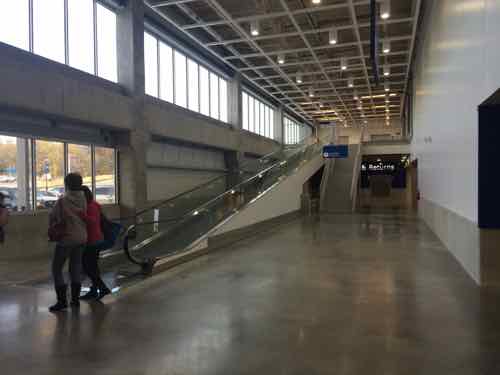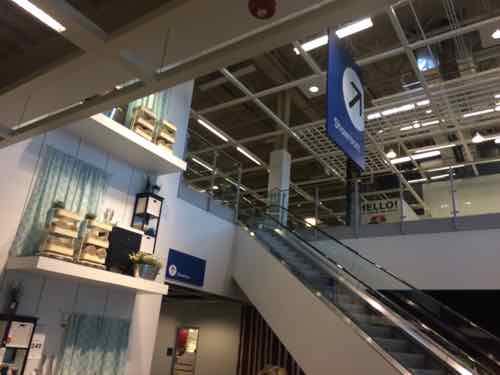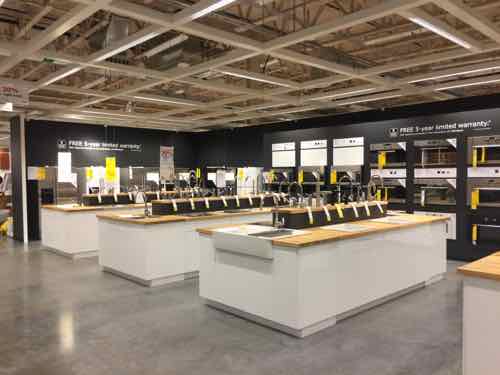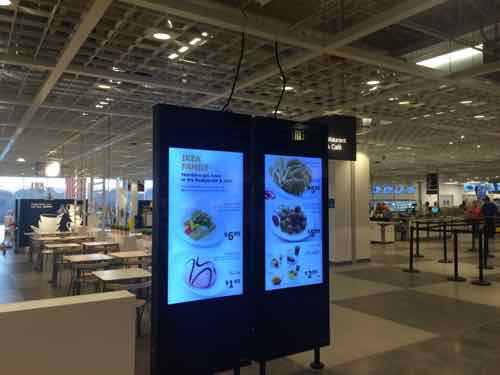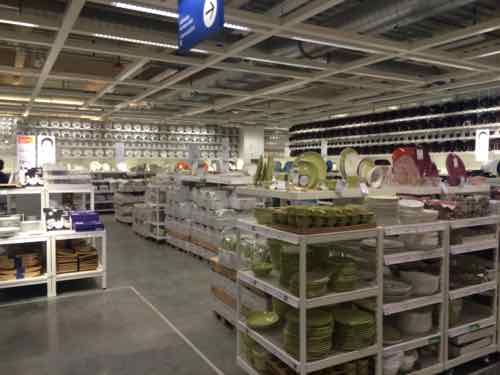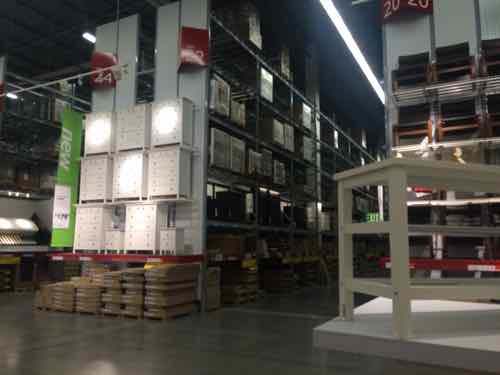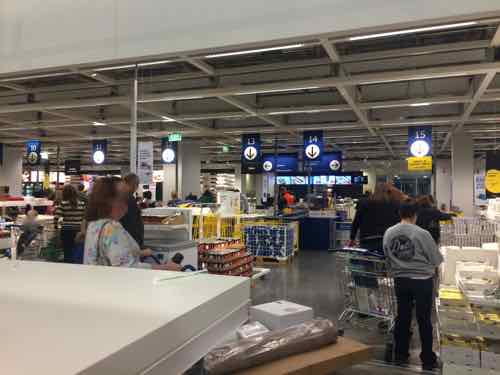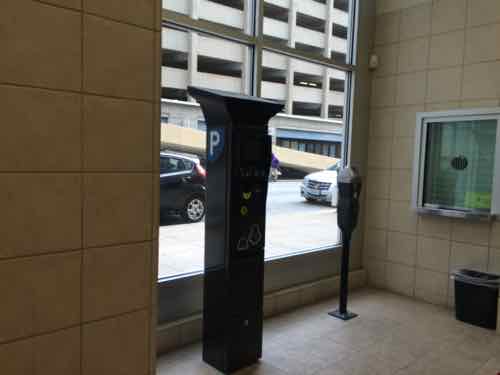Successful Pedestrian Malls Kept Cross Streets Open
Pedestrian malls, the closing of a street to vehicles, is an area of great interest to me. Popular in the 1960s & 1970s, very few had long-term success in North America, most failed and have been reversed. St. Louis’ former 14th Street Pedestrian Mall was such a failure.
In September I got to visit two of the successes, both in Colorado: Denver’s 16th Street Mall and Boulder’s Pearl Street Mall. After visiting these two I’ve identified some key differences that I believe contributed to the success of these two while others failed. The main difference is both of these allow the cross streets to continue through uninterrupted. Most pedestrian mall projects screwed up the street grid in two directions, the closed mall street and all the intersecting streets. Depending on the length of the pedestrian mall this could mean 1-8 cross streets got redirected. In doing so a large area and many streets were cut off from regular traffic.
St. Louis’ 14th Street Pedestrian Mall — 1977
- Length: 2 blocks
- Status: removed
- Map (was 14th from St. Louis Ave to Warren St)
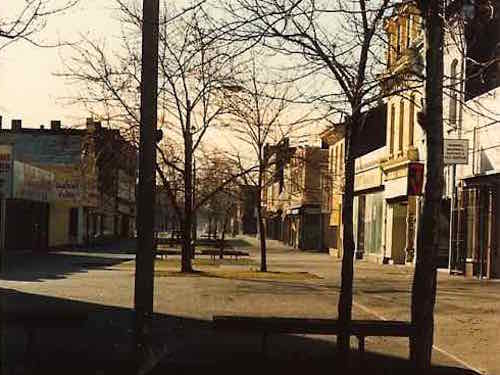
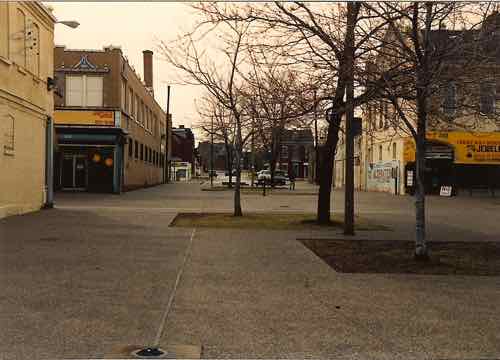
St. Louis’ pedestrian mall was only 13 years old when I first saw it in the Fall of 1990. Long-time residents I talked to said the mall failed very early on, long before I saw it 13 years later.
Boulder’s Pearl Street Mall — 1977
- Length: 4 blocks
- Status: active
- Map
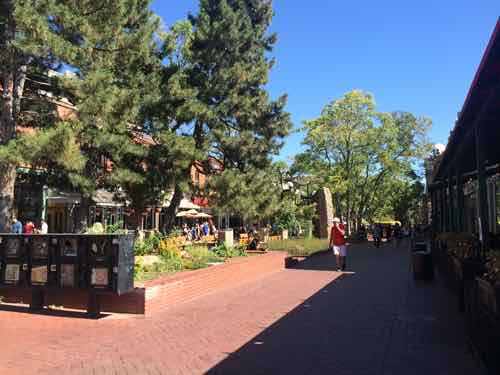
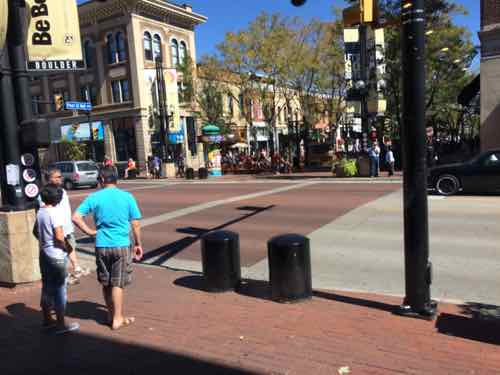
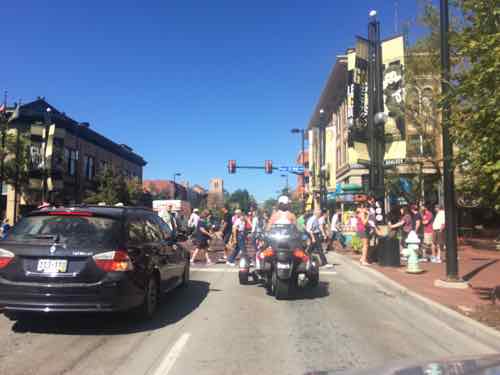
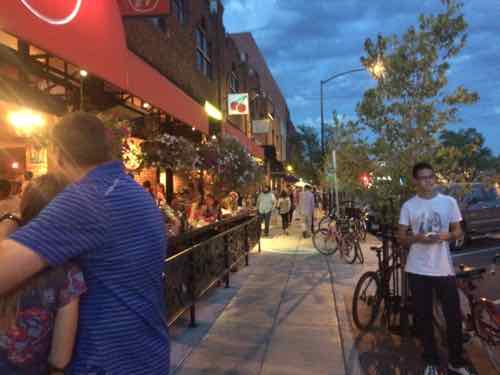
Many small town pedestrian malls were built by malling the main highway that ran through the downtown business district and creating opposite one way streets on either side so highway traffic could continue. Boulder, however, allowed their highway to continue with only a traffic signal like you’d see if Pearl St was still open to cars. They too did the one-way couplet thing on parallel streets, but it and the mall are perpendicular to the main highway through town.
Denver’s 16th Street Mall — 1982
- Length: 13 blocks
- Status: active
- Map
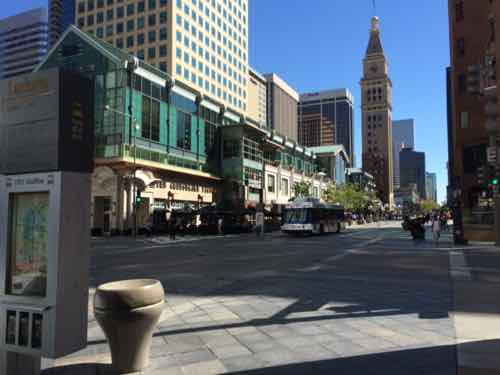
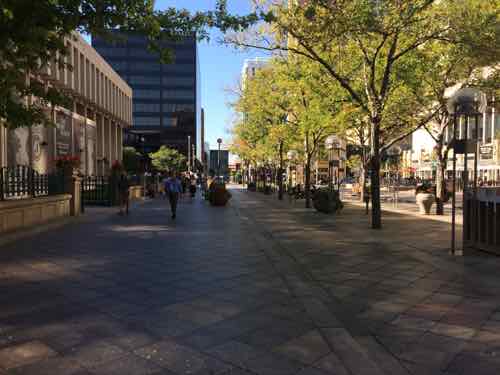
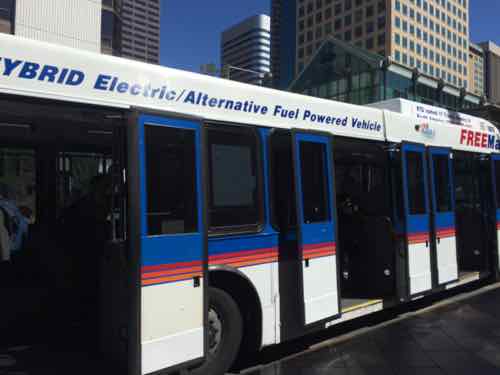
Denver was late to get a pedestrian mall, few were built in the 1980s. Perhaps their delay paid off, enabling them to see mistakes made by other cities. Chicago also had a transit mall, but it was for many bus lines. The diesel fumes meant their mall wasn’t a pedestrian paradise. Whereas Denver runs free shuttles to get people up and down the 13 block length, with several points where you can connect to local bus or light rail lines.
It appears Denver, unlike St. Louis, has kept its street grid in tact — with the exception of 16h Street. St. Louis has made it a habit of closing streets, disrupting the grid.
Conclusion
Another successful pedestrian mall is Church Street Marketplace in Burlington VT (map). Like Boulder & Denver, the cross streets continue uninterrupted. I need to return to my grad school data to see if any of the failed/removed pedestrian malls allowed cross streets to cut through the mall, I don’t recall any.
This is not to say that the many failed pedestrian malls might have succeeded had they kept cross streets open, or a that a remaining mall could be enlivened by opening the cross streets. Both might be the case, I just can’t come to that conclusion — yet.
Still, St. Louis serves as an example of ongoing struggles when the street grid has been repeatedly compromised.
— Steve Patterson
